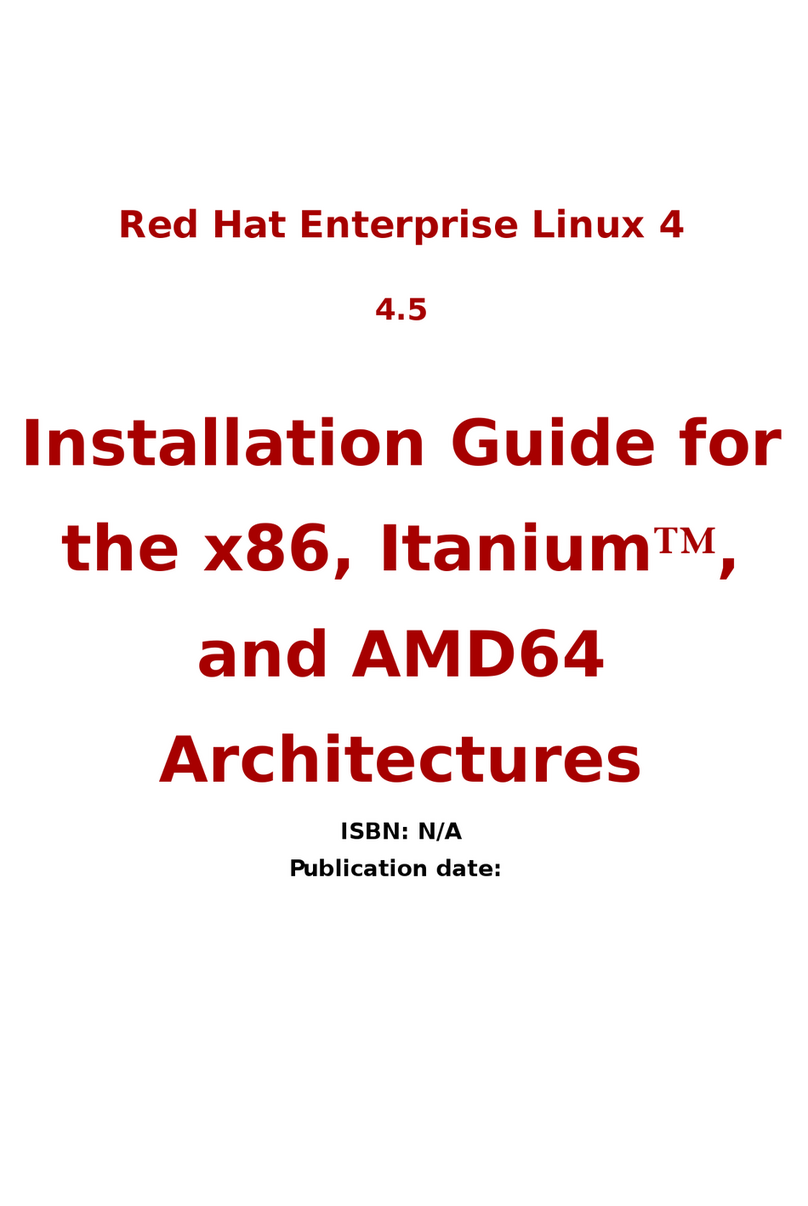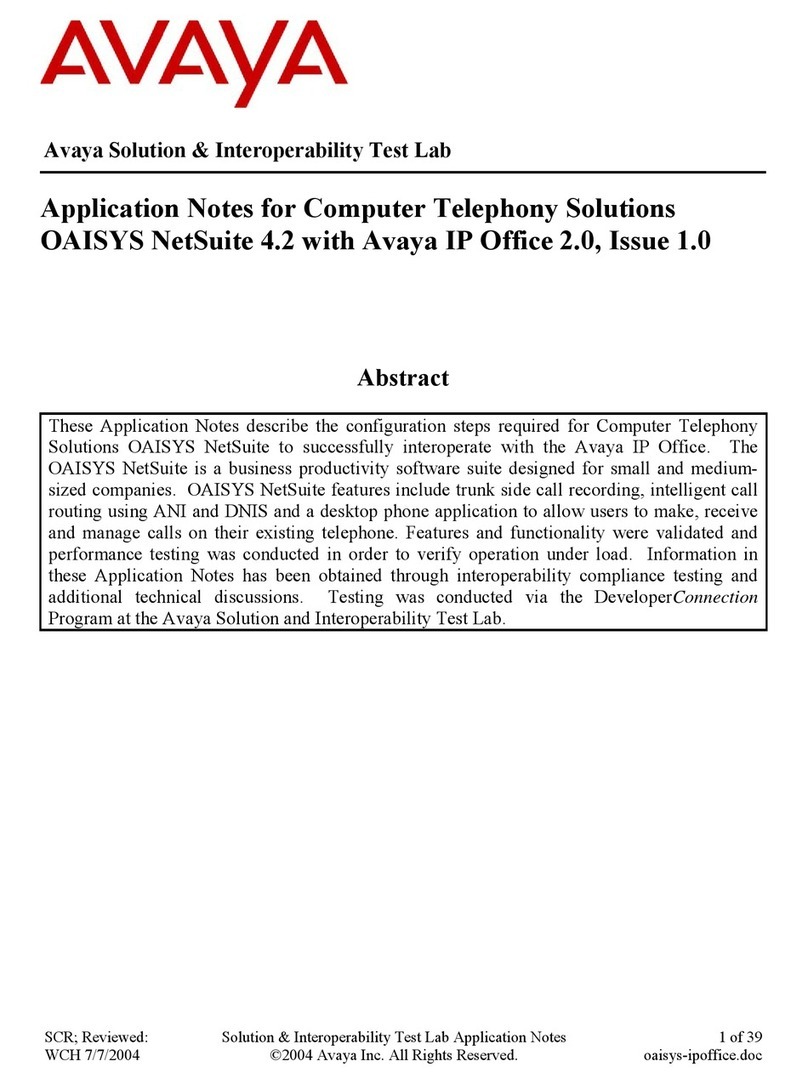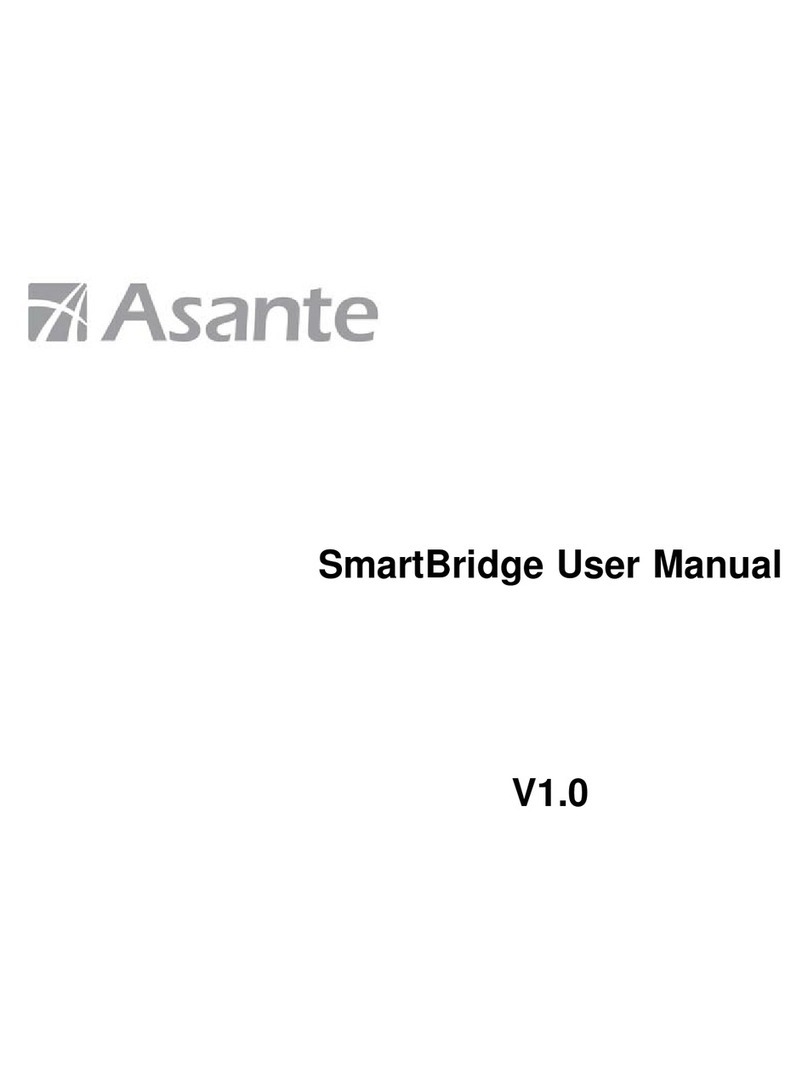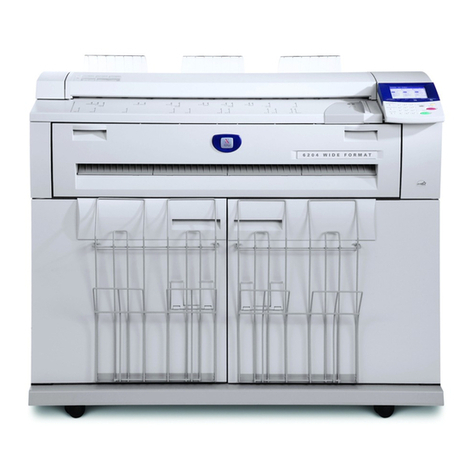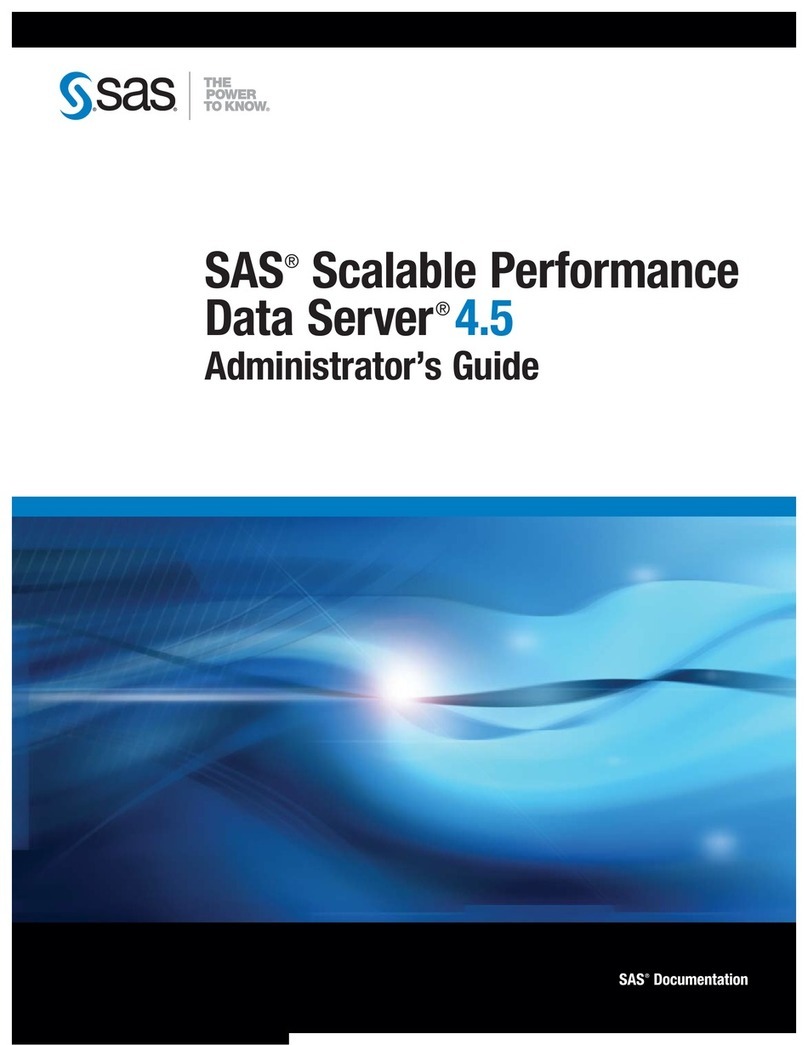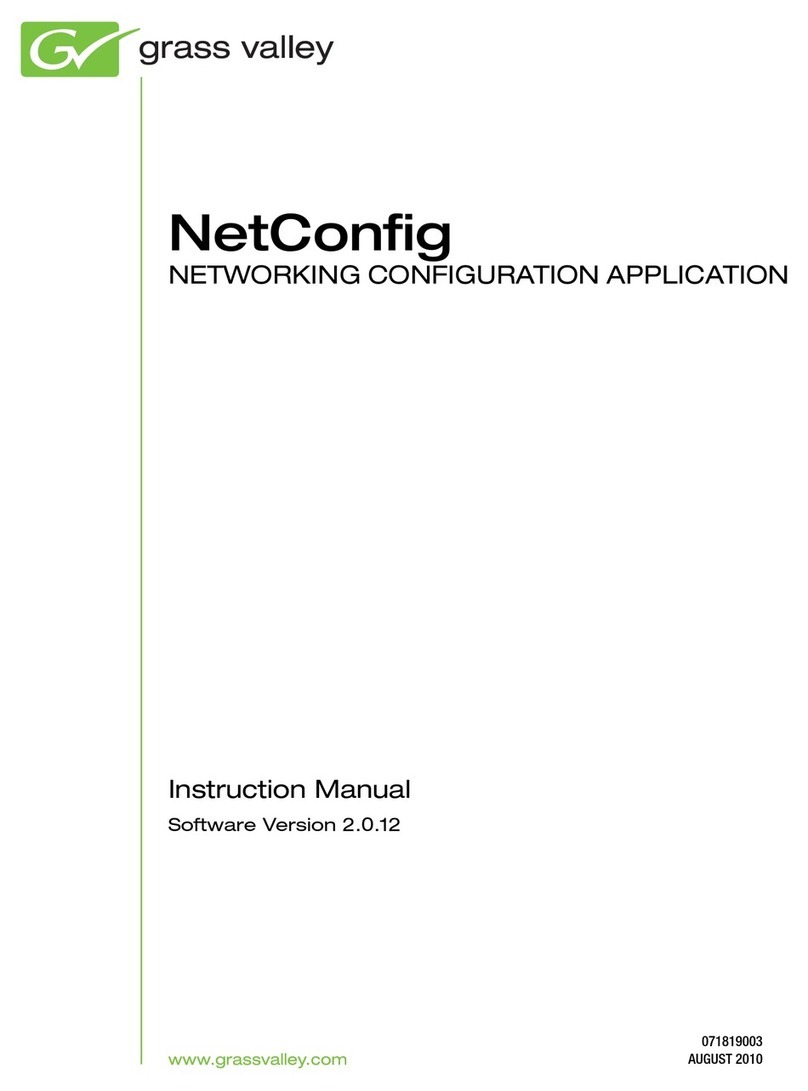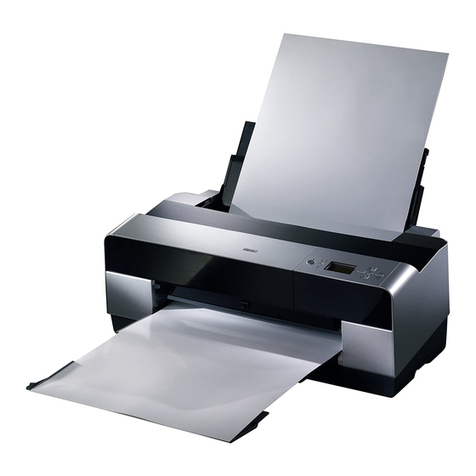
Computer Access Technology Corporation IBTracer Verification Script Engine Manual, version 1.0
Page 2 of 35
Table of Contents
1. Introduction ................................................................................................................. 4
2. Verification Script Structure....................................................................................... 4
3. Interaction between IBTracer and verification script ............................................... 7
4. Running verification scripts from IBTracer............................................................... 9
4.1 RUNNING VERIFICATION SCRIPTS.............................................................................................. 10
4.2 EDITOR SETTINGS. .................................................................................................................... 12
5. Verification Script Engine Input Context members................................................ 12
5.1 TRACE EVENT-INDEPENDENT SET OF MEMBERS. ....................................................................... 13
5.2 TRACE EVENT-DEPENDENT SET OF MEMBERS. .......................................................................... 13
6. Verification Script Engine Output Context members............................................. 14
7. Verification Script Engine events ............................................................................ 14
7.1 PACKET EVENTS. ...................................................................................................................... 14
7.2 NOTIFICATION EVENTS. ............................................................................................................ 15
8. Sending functions ..................................................................................................... 15
8.1 SENDCHANNEL()...................................................................................................................... 15
8.2 SENDEVENT ().......................................................................................................................... 16
8.3 SENDLINKPKT () ...................................................................................................................... 17
8.4 SENDMAD () ........................................................................................................................... 17
9. Timer functions ......................................................................................................... 19
9.1 VSE TIME OBJECT .................................................................................................................... 19
9.2 SETTIMER().............................................................................................................................. 19
9.3 KILLTIMER() ............................................................................................................................ 19
9.4 GETTIMERTIME() ..................................................................................................................... 20
10. Time construction functions .................................................................................... 20
10.1 TIME() ...................................................................................................................................... 20
10.2 TIMEFROMSYMBOLS() ............................................................................................................. 21
11. Time calculation functions ....................................................................................... 21
11.1 ADDTIME()............................................................................................................................... 21
11.2 SUBTRACTTIME() ..................................................................................................................... 22
11.3 MULTIMEBYINT().................................................................................................................... 22
11.4 DIVTIMEBYINT() ..................................................................................................................... 23
12. Time logical functions............................................................................................... 23
12.1 ISEQUALTIME()........................................................................................................................ 23
12.2 ISLESSTIME() ........................................................................................................................... 24
12.3 ISGREATERTIME().................................................................................................................... 24
13. Time text functions ................................................................................................... 25
13.1 TIMETOTEXT()......................................................................................................................... 25
14. Output functions ....................................................................................................... 25
14.1 REPORTTEXT() ......................................................................................................................... 25
14.2 ENABLEOUTPUT() .................................................................................................................... 26
14.3 DISABLEOUTPUT() ................................................................................................................... 26
15. Common Retrieving functions ................................................................................. 26
15.1 RETRIEVEPKTPAYLOAD() ........................................................................................................ 26
15.2 ISMAD() ................................................................................................................................... 27
16. Packet Header retrieving functions ......................................................................... 27
